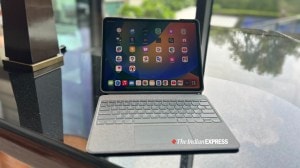- India
- International
Remembering eMate 300, Apple’s first laptop with ARM processor and touchscreen display
Back in 1997, Apple released the eMate 300, a low-cost laptop with an ARM processor, a touchscreen display with a stylus pen, a full-sized keyboard, built-in rechargeable batteries, which lasted up to 28 hours on full charge.
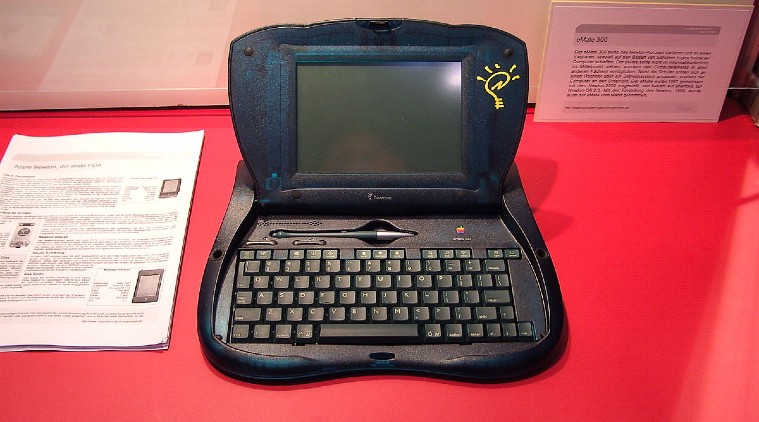 Targeted at students, Apple’s eMate 300 was a portable, low-cost computer, with a battery life of 28 hours and a full keyboard. Image credit: Wikimedia Commons/Magnus Manske)
Targeted at students, Apple’s eMate 300 was a portable, low-cost computer, with a battery life of 28 hours and a full keyboard. Image credit: Wikimedia Commons/Magnus Manske)
Apple’s recent announcement that it would ditch Intel for its own ARM-based silicon in future Macs is seen as a historic step. But not many remember that Apple did try to use an ARM-based chip in a “mobile” laptop way back in 1997 with the eMate 300. Although a non-Mac computer, the eMate 300 was primarily intended to be used in the classroom, the market Apple was keen to explore with its first and only touchscreen laptop. Part of its Newton PDA lineup, the eMate 300 was an ambitious idea at the time. Unfortunately, the eMate 300 never took off and the device was canned along with the entire Newton lineup in 1998, a year after Steve Jobs returned to Apple. Despite the eMate 300’s limited shelf life, the device still holds a special place in the history of computers.
The eMate 300 had an interesting history, and here are eleven of the lesser-known facts about the rare Apple laptop that wasn’t a Mac.
#1. The eMate 300 belonged to Apple’s Newton, an ambitious lineup of Personal Digital Assistants (PDAs) that were sold between 1993 and 1998. These handheld computers, including the eMate 300, were a cross between a PDA and a laptop, ran Newton OS and shipped with ARM processors inside. To be precise, the eMate 300 featured a 25 MHz ARM 710a processor, had 3 MB of RAM, and ran Newton OS 2.1.
#2. You may wonder why the eMate 300 and other devices in the Newton lineup, including the first Newton MessagePad that came out in 1993, were powered by an ARM processor. Well, there is a connection between Apple and ARM and their relationship still goes strong in 2020. Not many know that Apple had bought a 43 per cent stake in ARM back in the early 1990s. ARM, which stands for Advanced RISC Machines, was founded as a spin-off from Acorn, the British computer maker, US chipmaker VLSI Technology and Apple to create a chip for the latter’s Newton handheld computers. Apple was primarily interested in using the ARM processor in its Newton personal digital assistant because the chip was not only faster but was power efficient. The thing we forgot was that if Apple had never made the Newton line in the first place, there would be no iPhone or iPad. After all, all these mobile devices are powered by ARM chips.
Explained: Why Apple has ditched Intel for ARM on Macs
#3. The eMate 300 was designed by Jony Ive, Apple’s design chief behind some of the most iconic devices in history, including the iPhone, iMac and iPad. One of the things that made the eMate 300 different from other devices at that time was its design. It was the first Apple device to use a clamshell design and translucent case and that see-through plastic shell later inspired Ive to create the iconic iMac G3 and PowerMac G3.

#4. With the eMate 300, Apple was trying to create a new type of product that had all the goodness of the Newton MessagePad but in the form of a laptop. In a way, Apple saw the eMate 300 as a new form of computer designed to meet specific needs, a portable machine that fits perfectly in classrooms. Its colourful and curvy, clamshell design was designed to be used by kids in their schools. The laptop was rugged and had a built-in handle.
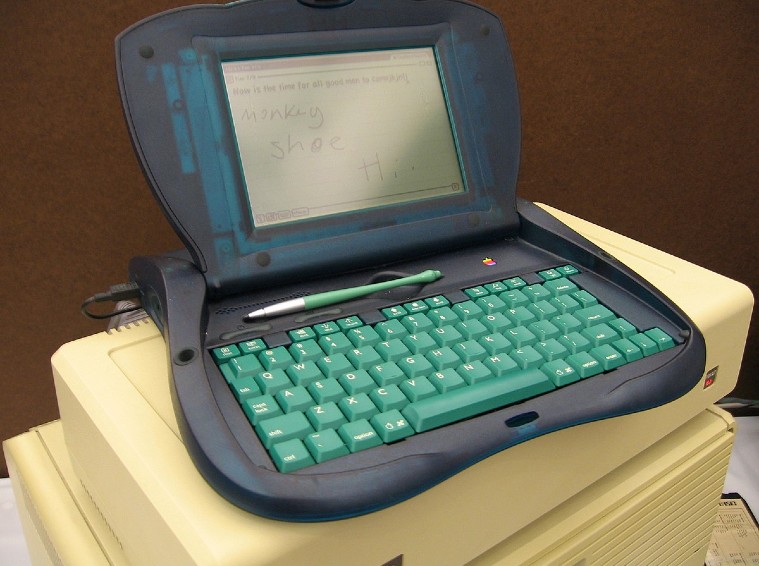 Apple’s eMate 300 was ahead of its time. Image credit: Wikimedia Commons/Meisam)
Apple’s eMate 300 was ahead of its time. Image credit: Wikimedia Commons/Meisam)
#5. The eMate 300 ran Newton 2.1 OS, a simple-to-use operating system designed for first-time users. Every eMate 300 came with Newton Works, a set of programmes that combines word processing, drawing program, spreadsheet, etc. The device also had a built-in address book, notepad, calendar, and graphics calculator. Since the eMate 300 was seen as a device meant to be used in classrooms, the device had an IrDA port that let students “beam” projects to the teacher.
#6. One of the marque features of the eMate 300 was a 6.8-inch 480 x 320 greyscale screen, a slightly smaller than average-sized tablet display. When most notebooks in that era had non-touch screens, the eMate 300 was one of the first touch-screen laptops that could be used with a stylus. A stylus was an integral part of the eMate 300, like the MessagePad. After all, Newton OS featured a pen-based UI and its handwriting recognition software set the eMate 300 apart from any other laptop during the time.
 Jony Ive (left) created some of the most iconic Apple products ever made, like the iPod, iPad, MacBook Air, the iMac G3, the iPhone and Apple Watch. (Image credit: Apple )
Jony Ive (left) created some of the most iconic Apple products ever made, like the iPod, iPad, MacBook Air, the iMac G3, the iPhone and Apple Watch. (Image credit: Apple )
#7. Even though the eMate 300 was intended to be a low-cost portable laptop, the device was ahead of its time. The eMate 300 neither had a built-in hard drive nor did it feature floppy and/or CD drives. Instead, the laptop used flash memory that resulted in smartphone-like features such as instant boot.
Retro tech: The forgotten Apple gadgets nobody talks about anymore
#8. At a time when the industry is trying to make a laptop just like your smartphone with the multi-day laptop battery and instant-on capabilities, the eMate 300 promised 28 hours of battery on a single charge. “With a battery life of up to 28 continuous hours before recharging, the eMate 300 makes it possible for students to work for long periods of time wherever they want,” Apple said in a press release, highlighting the battery life of eMate 300 during the launch. “An automatic power on/off feature conserves battery power when the lid is closed and provides instant-on capability when the lid is opened.”
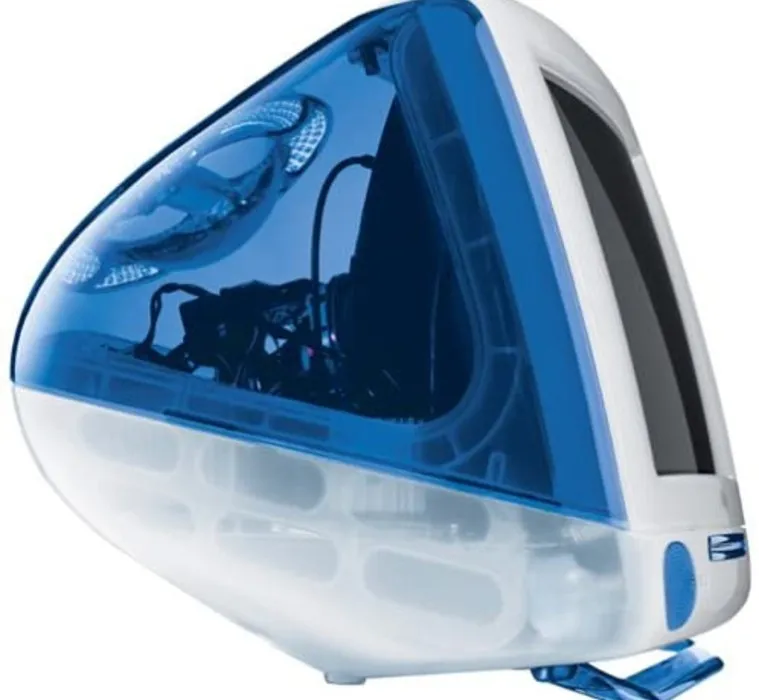 The eMate 300’s translucent design can be seen on many Apple products, including the iMac G3. (Image credit: Amazon US)
The eMate 300’s translucent design can be seen on many Apple products, including the iMac G3. (Image credit: Amazon US)
#9. At $799, the eMate 300’s price was way cheaper than any laptop Apple had ever made. The reason for its low price was the fact that the eMate 300 was marketed exclusively for the education sector. In comparison, Apple’s flagship PowerBook 3400 sold for $4500 in 1997.
#10. In 1998, Steve Jobs killed the entire Newton product line upon its return to Apple. It was also the end of the eMate 300. Many thought Jobs would save the eMate 300 as he himself called the device a “bright future” in an email to a customer.
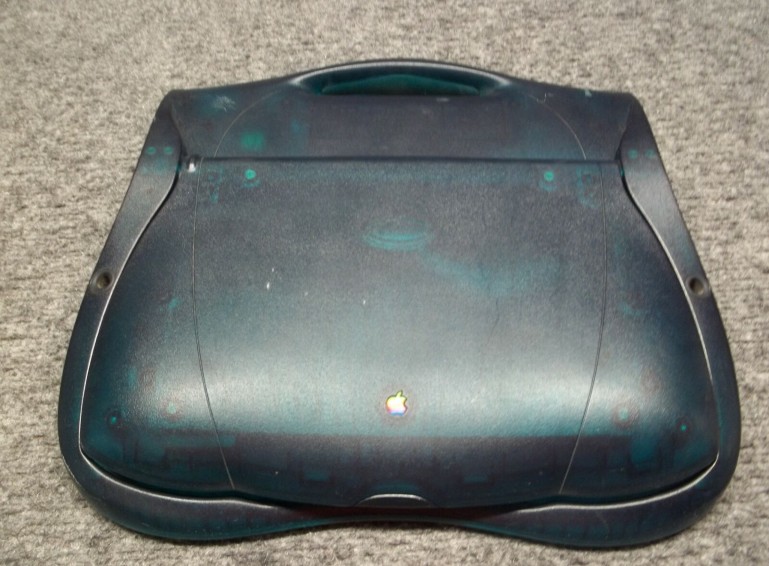 Apple’s less-talked-about eMate 300 often pops up on eBay US for sale. (Image credit: eBay US)
Apple’s less-talked-about eMate 300 often pops up on eBay US for sale. (Image credit: eBay US)
#11. The eMate 300 was an interesting marketing pitch, an inexpensive yet powerful laptop designed for students in mind. The eMate 300 could have reached the heights of the MacBook Air, had the machine been widely available from the beginning. Another issue that plagued the popularity of the eMate 300 was its comparisons being made with a Macintosh. Many perceived the eMate 300 as a complementary device to Apple’s notebooks and not a real computer. This debate still goes on with the iPad, a device Apple calls a computer.
More Tech
May 04: Latest News
- 01
- 02
- 03
- 04
- 05



































